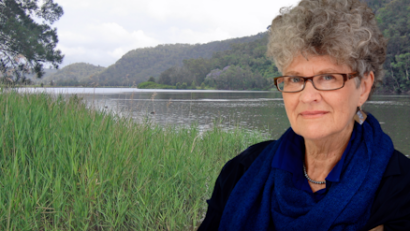
‘Shame, disgust, horror’: Kate Grenville faces her family history of stolen land in Australia – and asks us to feel it with her
Kate Grenville, Wiseman’s Ferry on the Hawkesbury River Darren James/Tim Keegan, Wikimedia Commons, CC BY-NDHow do Australians feel about knowing Läs mer…






